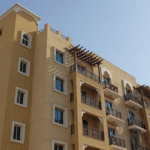Now Reading: UAE Property Trends 2025: Best Investments and Worst Mistakes Revealed
-
01
UAE Property Trends 2025: Best Investments and Worst Mistakes Revealed
UAE Property Trends 2025: Best Investments and Worst Mistakes Revealed
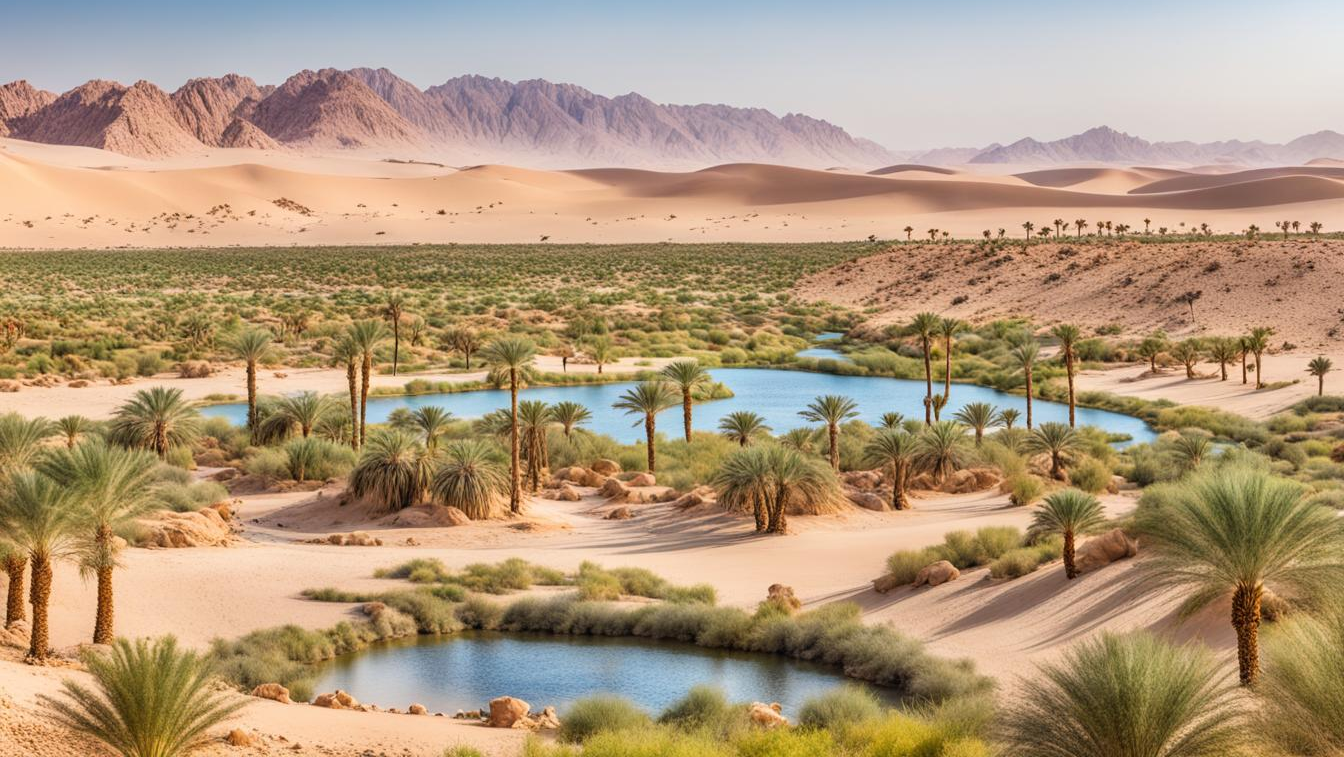
Table of Contents
The UAE real estate market continues to capture global attention in 2025. With Dubai and Abu Dhabi leading the charge, the UAE property sector has become a mix of innovation, luxury, sustainability, and shifting buyer preferences. But as with any market, not every UAE property type or location is in the spotlight. Some are rising fast, while others are losing steam.
Here’s a clear breakdown of what’s hot and what’s not in UAE property this year.
What’s Hot in 2025
1. Luxury Villas and Waterfront Living
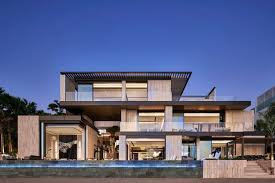
Luxury is still king in the UAE. Villas on Palm Jumeirah, Dubai Hills, and Saadiyat Island are commanding record prices. Buyers from Europe, Asia, and even Africa are driving demand for exclusive waterfront addresses.
The appeal? Privacy, spacious layouts, and UAE high-end amenities such as private pools, home automation, and direct beach access. With limited supply and growing international interest, luxury villas are not just homes they are investments with strong appreciation potential.
2. Sustainable and Smart Homes
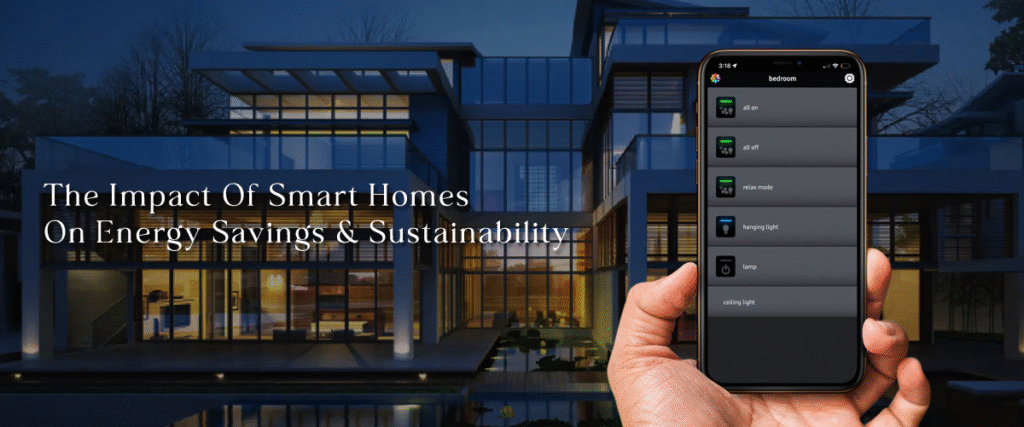
Green living is more than a buzzword in 2025. UAE Properties with solar energy, water-saving systems, and eco-friendly building materials are trending. Buyers now ask about energy ratings as much as location.
Smart technology is another major draw. Homes equipped with AI-powered security, climate control, and automation are gaining traction, especially among younger, tech-savvy investors.
Developers like Emaar, Aldar, and DAMAC are putting sustainability at the center of new launches to meet this rising demand.
3. Affordable Housing for Expats
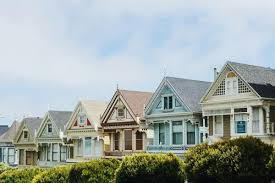
While luxury steals headlines, affordable apartments in areas like Dubai South, Jumeirah Village Circle (JVC), and Sharjah are hot among mid-income expats.
These homes provide value for money with modern amenities and flexible payment plans. With more people choosing to live long-term in the UAE, budget-friendly housing has become one of the strongest growth areas.
4. Co-Living and Serviced Apartments

The rise of digital nomads and flexible work arrangements has fueled demand for co-living spaces and serviced apartments. Locations close to business hubs like Dubai Marina, Downtown Dubai, and Yas Island are particularly popular.
Investors like these properties for their high rental yields, while tenants enjoy flexibility and lifestyle perks. This segment is expected to keep growing throughout 2025.
5. Ras Al Khaimah and Secondary Cities
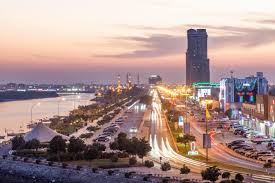
Beyond Dubai and Abu Dhabi, secondary cities like Ras Al Khaimah are on the rise. With Wynn Resorts’ upcoming casino project and large-scale infrastructure investments, RAK is fast becoming a real estate hotspot.
Fujairah and Ajman are also attracting interest due to lower entry prices and improving infrastructure. Buyers who once looked only at Dubai are now exploring these markets for better long-term growth.
What’s Not in 2025
1. Oversized, Outdated Apartments

Large apartments without modern amenities are falling out of favor. Buyers and tenants today prefer smart layouts, sustainable features, and community living.
Properties built in the early 2000s that lack renovations are struggling to attract attention unless they come with discounted prices.
2. Speculative Flips

In the past, flipping properties quickly was a common trend. But in 2025, the market has matured. Regulatory oversight, higher transaction costs, and smarter buyers mean short-term speculation is less profitable. Long-term investment is the new strategy.
3. Properties Far from Infrastructure
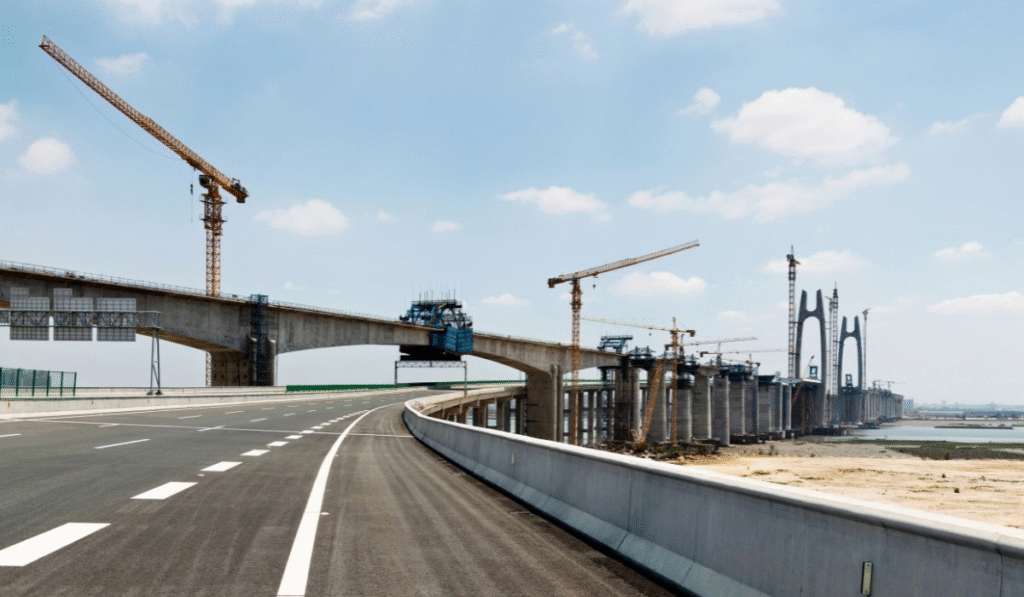
Developments in remote areas without good road connections, schools, or hospitals are losing demand. Buyers prioritize lifestyle convenience, even if it means paying a premium.
Communities without malls, metro links, or parks are being overlooked in favor of master-planned areas like Dubai Creek Harbour or Yas Island.
4. Generic Commercial Spaces
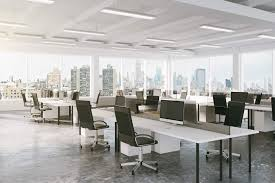
Office demand is shifting toward flexible, co-working environments. Traditional large commercial spaces with rigid layouts are no longer attractive. Businesses want modern, flexible, and collaborative workspaces.
Retail space is also under pressure, with e-commerce continuing to reduce demand for brick-and-mortar shops in non-prime locations.
5. High-Maintenance Properties

Properties with high service charges or inefficient designs are struggling in 2025. Buyers and tenants are cautious about hidden costs. Communities with poor maintenance or excessive fees are seeing reduced demand compared to well-managed developments.
Key Buyer Trends in 2025
- International Buyers: European, Russian, Chinese, and Indian investors continue to dominate purchases in Dubai and Abu Dhabi.
- End-Users vs. Investors: More expats are buying homes to live in, not just as investments.
- Lifestyle Focus: Proximity to schools, healthcare, leisure, and transport hubs matters more than ever.
- Rental Market Strength: Rising rents are pushing more tenants to consider ownership.
Market Outlook for 2025
Experts predict the UAE property market will remain strong in 2025, though growth may stabilize compared to the explosive boom of 2022–2023. With Expo 2020’s legacy still attracting global attention, and major new projects like Dubai’s urban tech districts and RAK’s mega resorts, the country remains a magnet for real estate investment.
Luxury and sustainability will continue to dominate the “hot” list, while outdated and poorly located properties will remain “not.” For investors, the key will be smart choices based on long-term growth rather than short-term gains.
Conclusion
The UAE property market in 2025 is full of opportunities but also lessons. What’s hot includes luxury villas, smart homes, affordable housing, and new destinations like Ras Al Khaimah. What’s not includes outdated apartments, speculative flips, and poorly located projects.
For buyers and investors, understanding these trends can mean the difference between securing a high-growth asset or being stuck with a property that underperforms.
The message is clear: in 2025, the UAE property market rewards innovation, sustainability, and lifestyle-driven choices while punishing those who overlook the needs of modern buyers.
READ MORE:- Inside the World of Business Acquisitions: Secrets of Corporate Growth 2025










